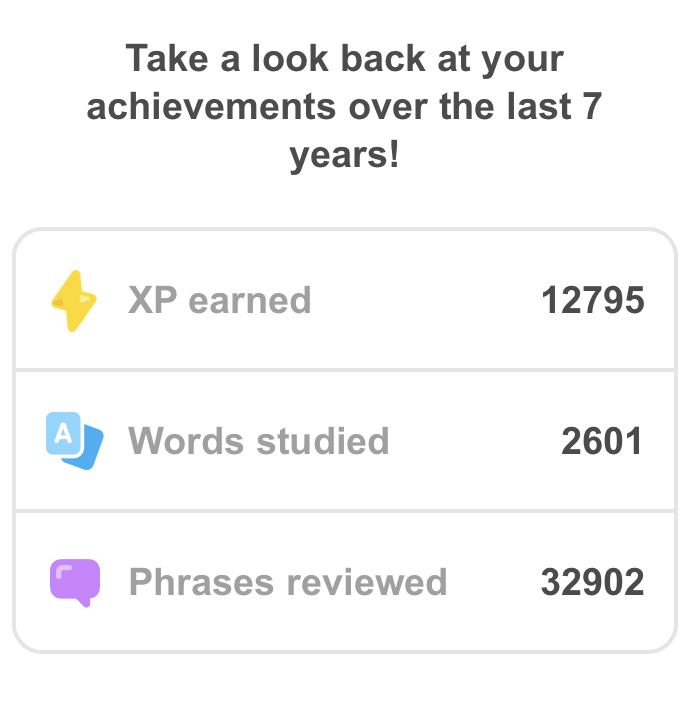Want to Speak Italian Beyond Duolingo? Read This!

Want to Speak Italian Beyond Duolingo? Read This!
Duolingo is one of the most popular language learning apps worldwide.
It’s free, engaging, and has an appealing design—but is it actually effective for learning Italian (or any language)? Let’s take a closer look.
Pros: What Works Well
- Easy to Use – The app is designed for anyone to jump in and start learning right away, with short, gamified lessons.
- Engagement Through Rewards & Characters – Duolingo keeps learners motivated with its reward system, streaks, and, of course, its quirky animated characters that celebrate you.
- Free Access – While there’s a premium version, the core learning experience is available for free, making it accessible to everyone.
Cons: What Might Not Work for You
- The Way Lessons Are Structured Might Not Suit You – The way Duolingo structures its lessons doesn’t always align with what people actually need. You might find yourself practicing vocabulary that doesn’t feel relevant or struggling with random sentence constructions.
For example, in order to practice numbers like "first, second, etc.," Duolingo gave me sentences like "I bought my 10th mansion."
But does that make any sense? How often will I use it? - Better for Those Studying English – Duolingo and OpenAI (now partners) rely heavily on English-language data, which means courses teaching English tend to be stronger. For other languages, including Italian, sentences sometimes feel unnatural or awkward.
- Lack of Explanations – Unlike a teacher, Duolingo doesn’t explain why a sentence is structured a certain way.
You learn by trial and error, but this can leave gaps in understanding.
My Experience with Duolingo
I gave Duolingo a shot twice—first with Spanish in 2016 and then with French in 2023. While I noticed improvements in the app’s graphics and layout, I didn’t see as much progress in how it teaches languages.
Perhaps my expectations were too high. I know there are excellent Italian learning resources out there, so I wonder: why hasn’t Duolingo’s approach to language teaching evolved as much as its tech?
Maybe marketing has convinced us that technology knows better than humans when it comes to language learning. But does it really?
Top Tips for Using Duolingo More Efficiently
- Make It Part of Your Routine, Not Your Only Tool – Duolingo works best when combined with other learning methods, such as speaking practice, grammar exercises, and reading materials from other - reliable - sources.
- Supplement with Explanations – Since Duolingo lacks detailed grammar explanations, I provide my students with plenty of resources to bridge these gaps and ensure they understand the why behind each rule.
- Practice Speaking and Writing – The app focuses heavily on recognition and translation. To reinforce what you learn, try speaking the sentences out loud or writing short texts using the same vocabulary.
If your goal is to speak with family members or explore the lesser-known corners of Italy where English isn’t spoken, structured speaking practice with an expert like me can be incredibly helpful. - Don’t Rely on It Alone for Real-Life Conversations – While Duolingo helps with consistency, it won’t prepare you fully for real-world interactions. If you want to order your food in a small Italian trattoria, or navigate places where no one speaks English, working with a teacher like me can give you the necessary skills and practice.